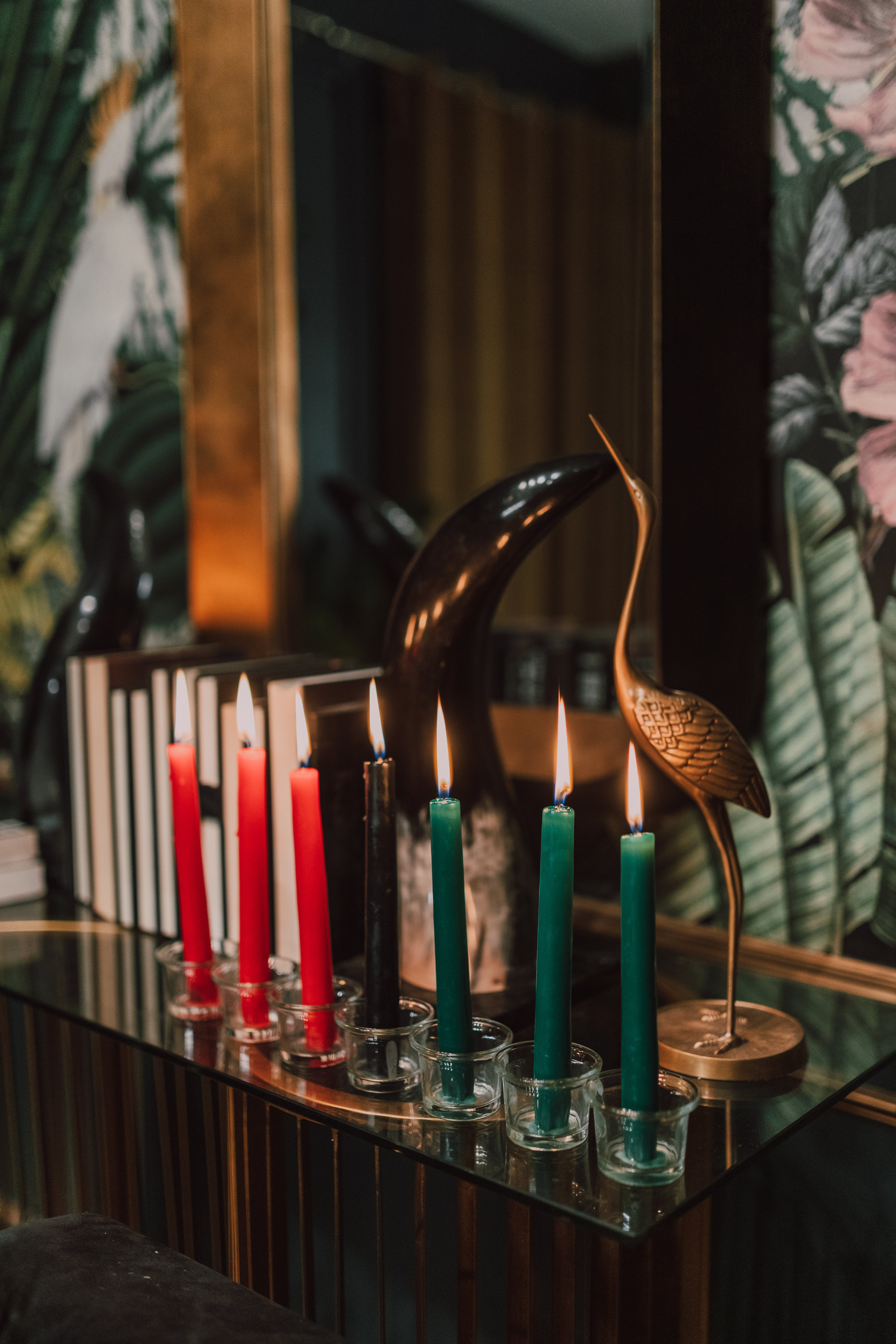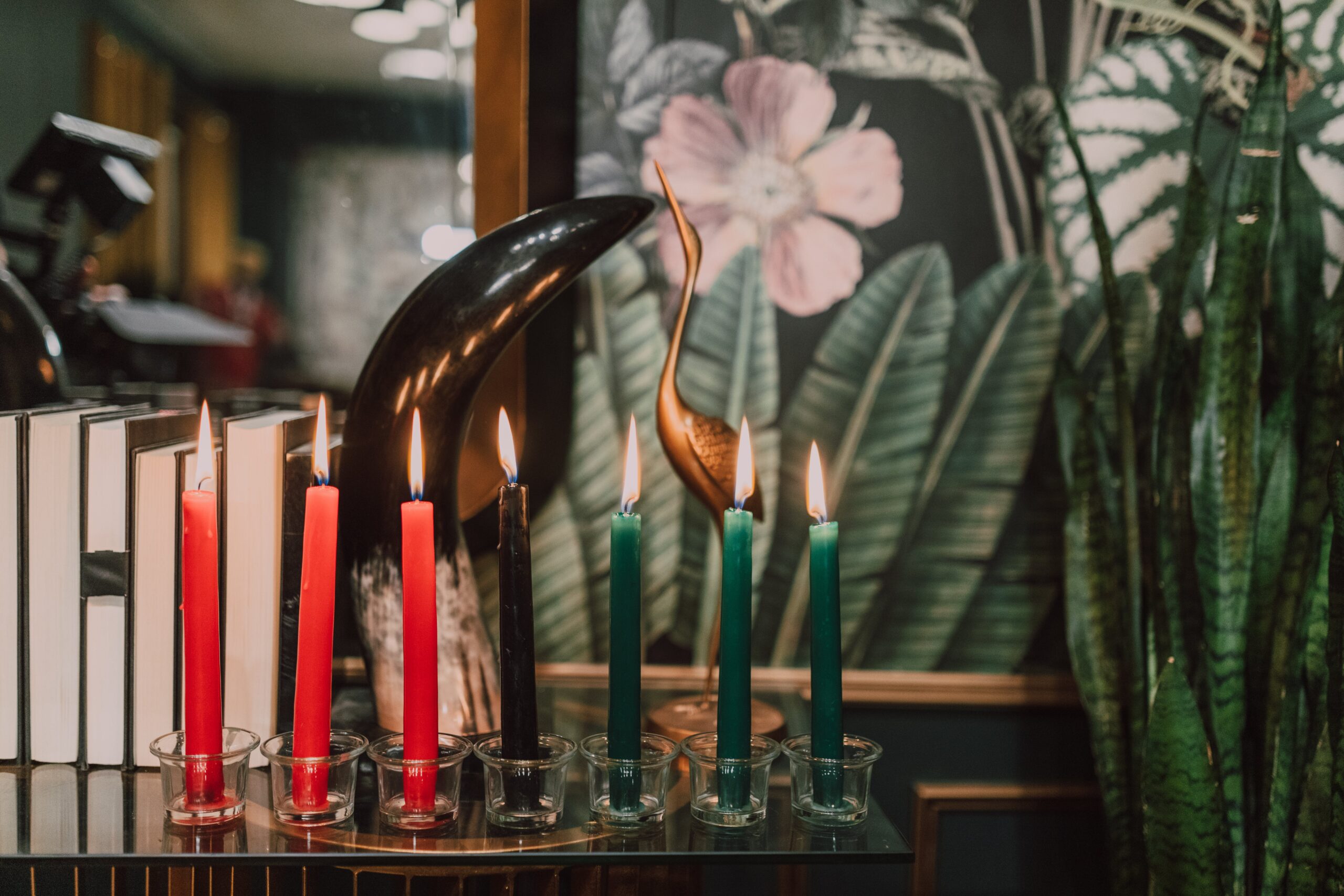Mishumaa Saba (The Seven Candles), a significant cultural element of Kwanzaa, holds a deep historical and symbolic value within the African-American community. The name itself, Mishumaa Saba, is Swahili, reflecting the roots of this cultural celebration that emerged in the 1960s. To understand the history of Mishumaa Saba, we take look into the origins of Kwanzaa and the principles it seeks to uphold.
The Birth of Kwanzaa
Kwanzaa was created by Dr. Maulana Karenga, a professor and cultural activist, in 1966. It was established as a response to the need for a cultural celebration that could bring African-Americans together to honor their heritage and reinforce the importance of community, self-determination, and collective responsibility. Dr. Karenga drew inspiration from various African harvest festivals and incorporated elements from different African cultures to craft a celebration that would resonate with the African diaspora in the United States.
Read also: 7 common misconceptions about Kwanzaa

The Seven Principles – Nguzo Saba
At the heart of Kwanzaa are the Nguzo Saba, or the Seven Principles, which serve as the foundation for the week-long celebration. Dedicating each day of Kwanzaa to one of these principles, Mishumaa Saba plays a pivotal role in representing them.
Mishumaa Saba
Mishumaa Saba translates to “seven candles” in Swahili. These seven candles are symbolic representations of the Seven Principles of Kwanzaa. The Mishumaa Saba consists of one black candle, three red candles, and three green candles. Placing the black candle (Kinara) in the center, the red and green candles flank it on either side.
Read also: How to celebrate Kwanzaa in style in 2023
The Kinara, Unity, and Umoja
The black Kinara represents the first principle, Umoja, which means unity. On the first day of Kwanzaa, the African-American community lights the black candle to symbolize their unity and commitment to collective responsibility. Umoja emphasizes the importance of coming together as a community to address common challenges and achieve shared goals.
The Red Candles and the Principles of Kujichagulia and Ujamaa
The red candles on the Mishumaa Saba represent the principles of Kujichagulia (self-determination) and Ujamaa (cooperative economics). On the second and fourth days of Kwanzaa, we light the red candles. Kujichagulia encourages individuals to define themselves, speak for themselves, and determine their own path, fostering a sense of empowerment. Ujamaa emphasizes cooperative economics, encouraging the community to build and maintain their businesses and support one another economically.
The Green Candles and the Principles of Ujima, Nia, and Kuumba
The green candles on the Mishumaa Saba symbolize the principles of Ujima (collective work and responsibility), Nia (purpose), and Kuumba (creativity). On the third, fifth, and sixth days of Kwanzaa, the green candles are successively lit. Ujima underscores the importance of working together to solve problems and build a stronger community. Nia encourages individuals to set and pursue collective goals that benefit the community. Kuumba celebrates creativity, urging individuals to leave their community more beautiful and beneficial than they inherited.
Read also: The significance of the seven candles in Kwanza celebrations

Conclusion
The lighting of each candle during the week-long celebration not only reflects on the past but also serves as a guide for the future, fostering unity, self-determination, and collective responsibility within the African-American community. Mishumaa Saba stands as a testament to the resilience, creativity, and strength of a people determined to honor their heritage and build a better future together.



